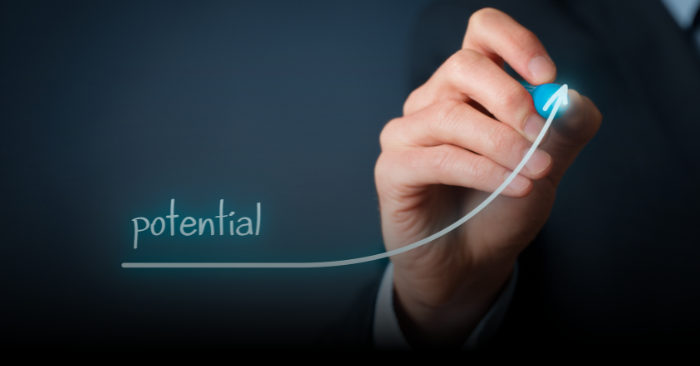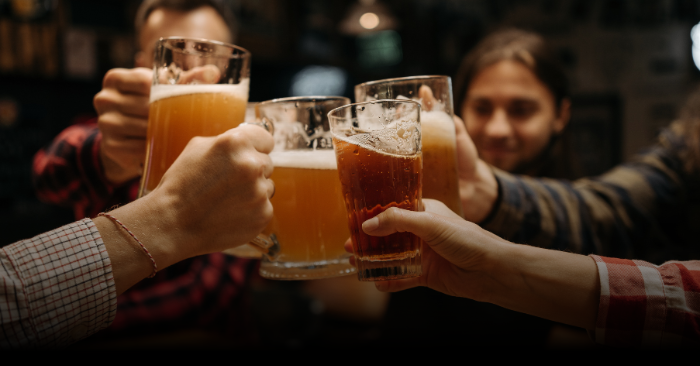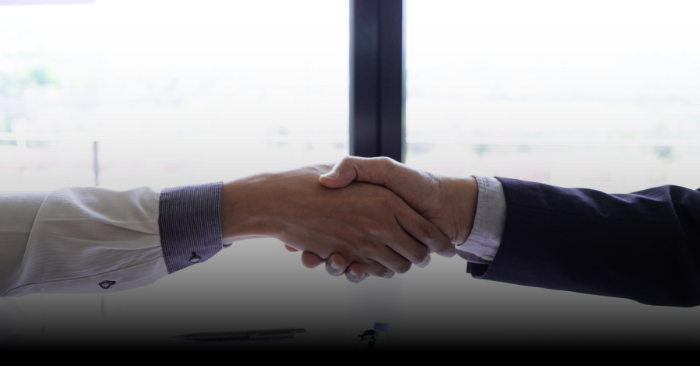
December 2023
Vic Davis & Associates
December, the dreaded month of six-plus day work weeks, late hours, and meeting crazy deadlines. Here’s a few “funnies” for the hardest working profession I know, the jewelry and watch bench professionals…..
I asked my wife what she wanted for Christmas. She told me “Nothing would make her happier than a diamond necklace” So I bought her nothing.
There’s nothing like the joy on a kid’s face when he first sees the PlayStation box containing the socks I got him for Christmas.
Why is Christmas just like a day at the office? You do all the work and the fat guy with the suit gets all the credit.
STRESSED is just DESSERTS spelled backward.
The 3 stages of man: He believes in Santa Claus. He doesn’t believe in Santa Claus. He is Santa Claus.
When you stop believing in Santa Claus is when you start getting clothes for Christmas!
According to my kids’ Christmas lists, they think this parenting gig pays pretty well.
How do you know that Santa is a man? No woman wears the same attire every year.
How about a month filled with stress and obligation? – Pitch for December
Oh good, an email from every single store or website I’ve ever bought something from.
Happy Holidays!!
Things to Ponder…..
• Life isn’t about finding yourself. Life is about creating yourself.
• Read the local paper. Discovering stories of the achievements and lives of those local to you will strengthen your belief in what’s possible by every individual.
• Create a piece of art. It can be a quick sketch or a colorful painting, from a scene in front of you, a photograph or entirely made up! Don’t be pinned down by perfectionism. Embrace any errors as part of the process.
Try these activities to recharge during your work day
By Adam Markel
3 Resilience Rituals to Help You Beat Stress and Recharge Your Energy
Here are three resilience rituals that will help you regenerate in ways that increase your longevity, capacity and sustainability.
I was watching Good Morning America recently and saw a segment in which they recommended people take short breaks in between work tasks. The program cited an analysis in the journal PLOS ONE showing that “microbreaks” during the workday increase energy and decrease fatigue.
This is the essence of the recovery methodology I’ve learned from research and personal experience, dating back to my days as a teenage lifeguard at Jones Beach in New York. We focus on practicing what I call resilience rituals and how they help us combat depletion, exhaustion and burnout while rebuilding resilience.
The forces driving us toward burnout are chronic stress (driven in part by being constantly engaged online), multitasking and forgetting to tend to the needs of our bodies and minds. The results can be catastrophic for our health and wellbeing, but there’s good news: Resilience rituals, if practiced regularly, can help us recharge, rejuvenate and perform at our best.
When I was a lifeguard, we made dozens of ocean rescues each day, but there was one rescue that failed when we were unable to find a swimmer who went down in the rough surf. From that tragedy, we vowed to make sure that would never again happen on our watch. To make good on that vow, our lifeguard crew had to learn to become more capable and pivot in the face of a serious tragedy. To ensure everyone was performing at their best, we started taking more breaks and spelling each other.
Today, I call that concept the toggle method — a way to recharge energy and boost resilience.
How the toggle method helps recharge resilience
For a long time, people have defined resilience as our ability to take a hit and bounce back. The person who was able to produce the most, endure the most stress and be the first in and last out of the office was considered resilient. Trying to live up to that old paradigm is one reason so many people are exhausted, near or past burnout.
You can’t endlessly absorb stress and take the hits of uncertainty and anxiety and keep coming back stronger. It’s like fighting a rip current. Instead, I believe resilience is about recovery. It’s the process of recovery that ultimately enables you to bounce forward, rather than just bounce back.
Practicing resilience rituals allows you to toggle between periods of focused energy (the “E-Zone”) and periods of focused rest and recovery (the “R-Zone”), like a light switch toggles between on and off. Taking breaks throughout the day allows you to toggle between your E-Zone and your R-Zone — using intermittent rest, recovery and regeneration as a tool to increase productivity and performance.
When you toggle back and forth between those two states often enough throughout the day, you find that it increases your capacity to focus. This allows you to get more accomplished throughout the day with less exhaustion, less depletion and less risk of burnout. Over time, this also helps you build higher levels of resilience.
Toggle menu
So, how can we regenerate in ways that increase our longevity, capacity and sustainability, whether as individuals or as teams? We’ve developed a “toggle menu” of things people can do during the day to reset, recharge and rejuvenate. Some activities can be done in less than one minute, while others can be done in 30 minutes or less. Here are a few to try:
Legs Up the Wall: This is my ultimate go-to for energy in the afternoon. Rather than drink coffee or eat a candy bar, try lying flat on your back with your legs vertically up the wall, with your body in the shape of an L. You can do this for as short as 20 minutes with your eyes closed, with or without meditation. Set an alarm because you could literally drop off to sleep! After 20 minutes in that position, you’ll either wake up or get up restored. It feels like taking a multi-hour nap without the grogginess. You’ve taken pressure off your back and legs. You have better circulation and blood flow. You’ll feel mentally, physically, emotionally, and maybe even spiritually restored. When I do this for 20 minutes in the afternoon, I find my capacity matches my best productivity hours in the morning.
Zone 2 Cardio Walk: The impact of walking cannot be ever overstated, especially if you walk after meals. Walking helps regulate your biochemistry to lower your heart rate, lower your blood pressure, and increase levels of dopamine and serotonin in your body. Take one or more 20- to 30-minute walks during the day, and you will likely feel better. A Zone 2 Cardio Walk is a little different because you breathe through your nose and keep your mouth shut while you walk, so you are not talking to other people or talking on your phone. By breathing in and out through your nose, you create more of an aerobic experience with more benefits to your cardiovascular system. It’s a combination walking/breathing exercise you will find restorative and beneficial to your sense of wellbeing. If you walk after eating, you gain the benefit of increasing metabolism and assisting your digestion and assimilation of what you ate.
Hand/Ear Massage: Your ears don’t typically get a lot of touch, and massaging them can be a bit of a state change. This is an area that has been shown through research to produce a change in the way neurons fire in your brain. So, when you are sitting at your desk feeling tired, close your eyes and massage your ears up and down for about 60 seconds. You can also try massaging your hands between your thumb and index finger. Little toggle rituals such as this can have a big effect!
There are many ways you can give yourself breaks throughout the day to recharge your energy and reboot your resilience. Try taking quiet time for meditation, gratitude and prayer to start and end your day. Set reminders on your phone to help you remember to unplug for a bit each day. Experiment with different activities of various durations and see what works best for you.








Leave A Comment